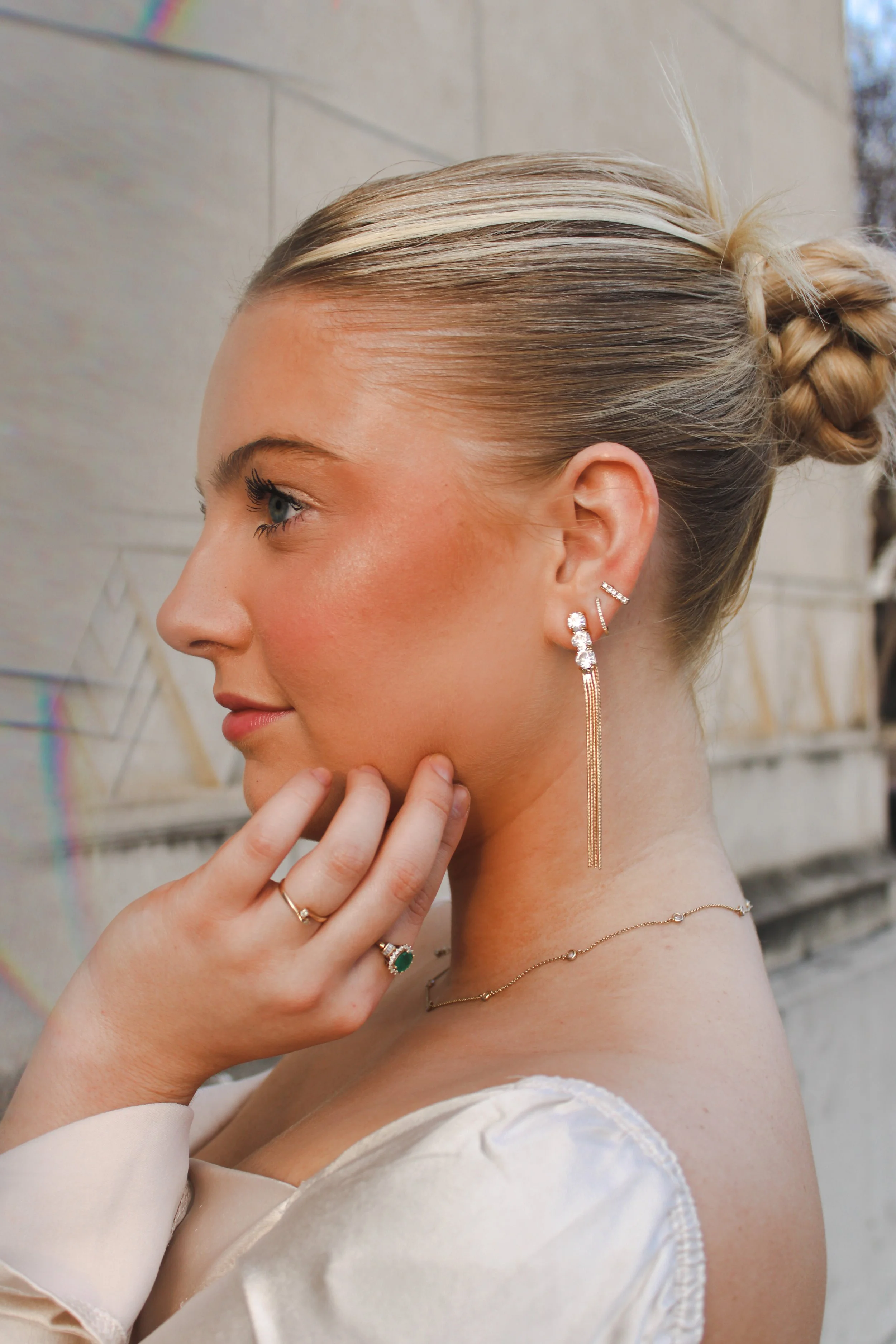Growing a girl’s best friend
Diamonds are iconic. They bring about a whirlwind of emotions, like glamour, luxuriousness, and eternal love. While often dubbed a girl’s best friend, they, unfortunately, may come packaged with a tainted history. The harsh reality is that diamonds are often sourced from impoverished nations in which ethical labor laws are not enforced. According to Human Rights Watch, children as young as 13 years old will often drop out of school to work in the mining industry as a means to serve their families. The tragic reality of 13-hour long shifts and wages less than $1.25 per day are a clear violation of ethical labor conditions. Further, much of the profits earned from this industry are often used to fund insurgencies and terrorist acts, as mining hubs often appear at the heart of war-torn countries.
Thankfully, in recent years, we have seen a rise in lab-grown diamonds. Just as diamonds are a network of specially arranged carbon atoms, lab-grown diamonds are exactly identical in composition, structure, and appearance. All diamonds, human-crafted or mined, simply grow from a base of pure carbon and each yield an identical end-product. The only differences lie in the process to obtain these stones. Further, because lab diamonds take significantly less time to produce, this method increases its accessibility, thereby allowing those outside of the elite class to enjoy this timeless gem.
Interestingly, these human-crafted projects have a unique background. According to Future Planet, the first hand-made diamond was done in 1954 by GE (General Electric), dubbed as “Project Superpressure”. However, the focus on WWII postponed further work on this. Nonetheless, several countries like China, Australia, and Russia followed suit on this trend. As mentioned, there is an apparent upward rise of 15-20% in sales annually, as younger buyers opt for a more transparent option in jewelry.
Several celebrities have taken it upon themselves to endorse ethical jewelry on runways. Leonardo DiCaprio starred in a film depicting the treacherous conditions of working in mines and often publicly speaks about the benefits of human-made diamonds. Additionally, Emma Watson and Meghan Markle have often sported pieces from Vrai & Oro, Clean Origin, and Ana Katarina, all of which are corporations that share the common horizon of reforming this billion-dollar industry.
As lab-grown diamonds continue to catch the eyes of Gen Z, investors, and influencers alike, it is safe to say that ethical jewelry will remain just as timeless while retaining its extravagant allure. Thus, if you ever have the privilege of purchasing diamonds, you may consider a crafted lab-produced choice. A virtuous gem will always remain in style.
Written by Hannah Toy, Photography: Lacey Loomis , Social Media: Madelyn Jordan


